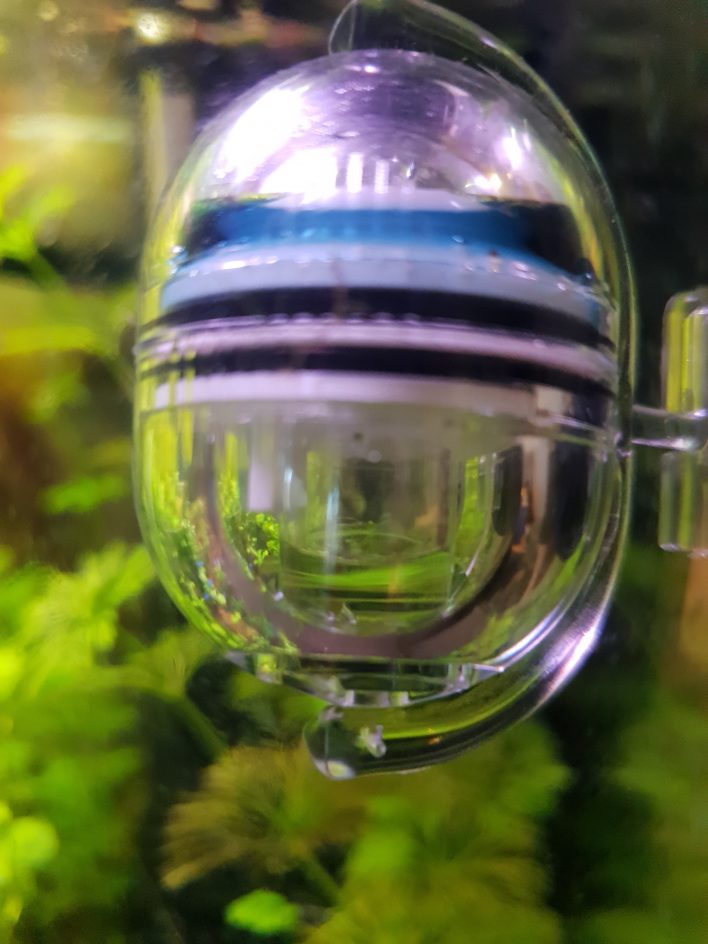
When talking about planted fish tanks, there is high and low tech. The difference between the highest low tech and the first time you call something high tech, is when you start adding CO2.
Adding CO2 in my opinion, is not that techie. Get a CO2 cannister, tubing and a diffusor and you are done. A solenoid perhaps, to make sure you are not wasting that CO2, but that’s it.
After watching some excellent videos of people using their Raspberry Pi to maintain their tech? Now we are getting there.
Unfortunately I’m not a developer, not even that great of a scripter. Raspberry PI is still a mistery to me, especially with Raspbian, because I learned Linux on Slackware and Redhat.
So enter more ready build systems to make my tank more techie.
I’ve seen the products that Neptune Systems builds, but they are on the highest end and to my knowledge not available in the Netherlands yet. Which brought me to a cheaper product, Seneye.
Seneye has a device you stick into the water. At it’s lowest prices, measures your temperature, PH and NH3 levels and has the ability to notify you when any threshold is reached. The device however, has a long USB cable and needs to be plugged in and found by a computer program for it to run. Water and computer appliances don’t mix wel.. So sticking it into a laptop, that close to a tank is not something I’m going to try out.
So enter the raspberry pi. Place it close to the tank but high enough not to be influenced by any water spillage. I’ve connected the seneye to the raspberry PI. Installed USB Sharing software on the raspberry and I can now use it on a virtual machine with the seneye software on it.
Seneye also has some information on sending the data from it as JSON to another endpoint. So I’ve installed node-red on another rasbian, where it collects that data to (hopefully) be used on a dashboard with a webcam or other fun ideas.

Recent Comments